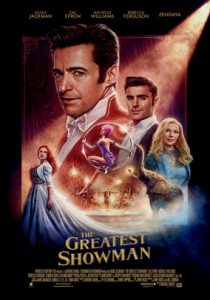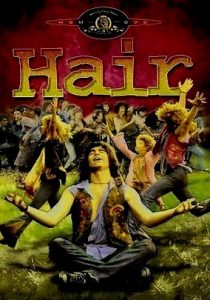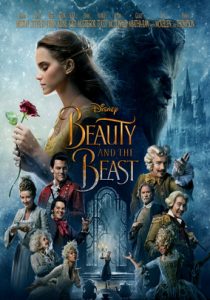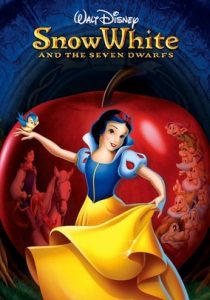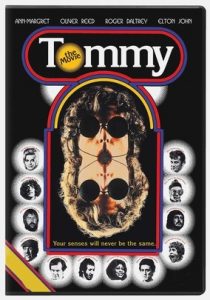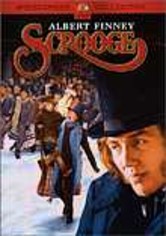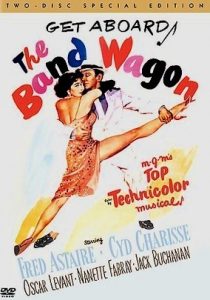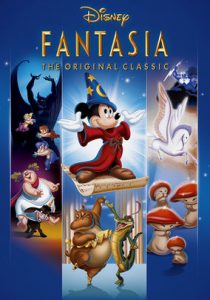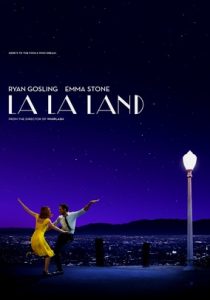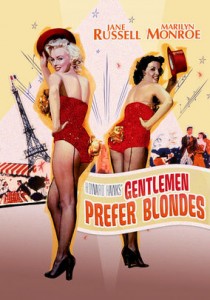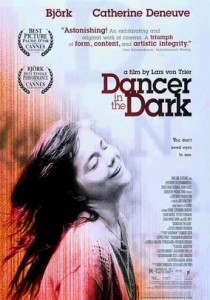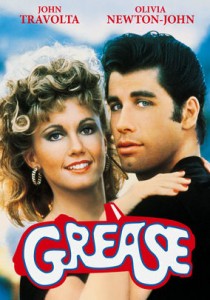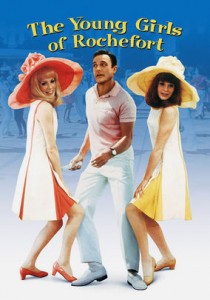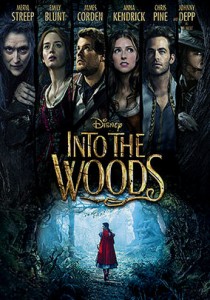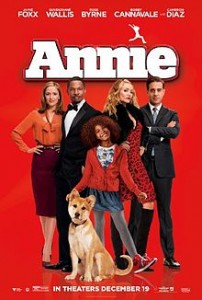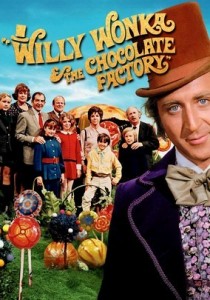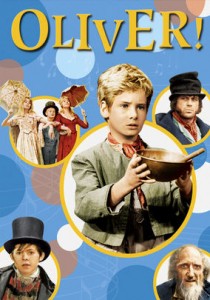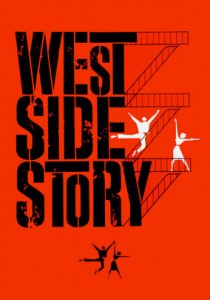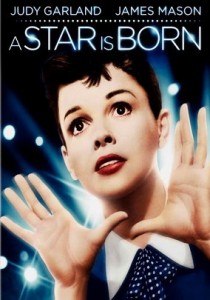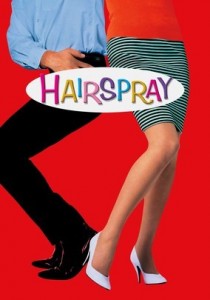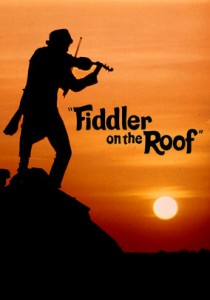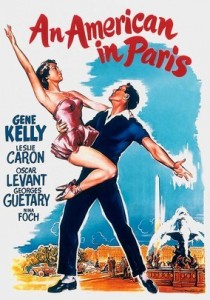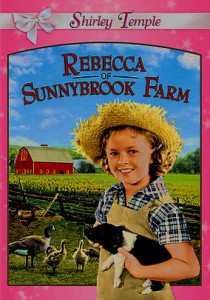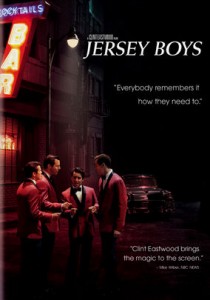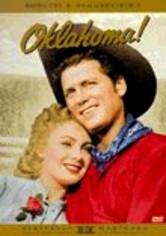The Greatest Showman-2017
Director-Michael Gracey
Starring-Hugh Jackman, Michelle Williams, Zac Efron
Scott’s Review #707
Reviewed December 26, 2017
Grade: A-
A pure musical, escapist film, The Greatest Showman holds a dear and relevant message and elicits hope for outcasts everywhere by leading a story of acceptance and perseverance in the feel-good film of 2017.
Hugh Jackman leads the pack, starring as P.T. Barnum, a man struggling to create an entertainment show with live and unusual performers- deemed “freaks” in those days- the 1800’s in New York.
The film is quite joyful and light with many cheery musical numbers sure to leave audience members humming along for hours after the conclusion of the film. The Greatest Showman is a rag to riches story and a thoroughly enjoyable film.
Jackman is charismatic and likable as the entrepreneur and showman, Barnum, who we meet as a young boy, the son of a poor tailor. He becomes enamored with wealthy young Charity (Michelle Williams) and the two eventually marry, much to the chagrin of her pompous parents.
Barnum and Charity at first struggle to make ends meet as they begin to raise a family, but eventually, find success and wealth when the show succeeds.
The film chronicles Barnum’s rise to fame and the trials and tribulations (romantic, business) for several years, mainly through musical numbers. Zac Efron is wonderful as Barnum’s eventual business partner, Phillip Carlyle.
The supporting characters that director Michael Gracey offers up are creative, if not typical mainstays of carnivals and circuses everywhere- the bearded lady, the fat man, and a man covered in tattoos are featured prominently.
Unclear to me is whether these characters actually existed or are created simply for plot purposes, but rumor has it that The Greatest Showman has taken great liberties with the factual accuracy of the real P.T. Barnum and his escapades.
This would be bothersome if not for the wonderful message this film contains- acceptance and celebrating diversity.
Certainly, in today’s chaotic world this is of prominent importance for young people everywhere.
Those expecting anything of more substance than a cheery and bright holiday slice of enjoyment may be disappointed- some mainstream critics were not too high on this film, but I am okay with a little escapist adventure on occasion.
The message throughout The Greatest Showman is quite good.
The best musical number is the show-stopping and anthemic “This Is Me”, and Keala Settle is fabulous as the bearded lady, who leads this important song. The number is empowering and energetic.
The chemistry between Jackman and Williams is not remarkable, but not altogether vacant either. Rather, it is simply decent, and not the film’s strongest point. I sense better chemistry between Jackman and Rebecca Ferguson as grand Swedish singer, Jenny Lind.
Their “romance” is unfulfilled however and we will just need to imagine the possibilities of that one.
I adore seeing Efron in quality roles (think 2012’s exceptional The Paperboy) and his performance as Phillip is great. Sharing a good bond with Barnum, he has his romance with acrobat, (and of mixed race) Anne Wheeler.
His values and earnestness make the character very appealing as he is torn between riches and standing on principle.
The Greatest Showman may not go down in history as the ultimate tops in filmmaking or even one of the best musicals, but the film does succeed in dazzling the audience and providing a couple of hours worth of fun and entertainment- similar to the way P.T. Barnum energized the crowds with a slice of make-believe, this is more than appropriate.
Oscar Nominations: Best Original Song-“This Is Me”
